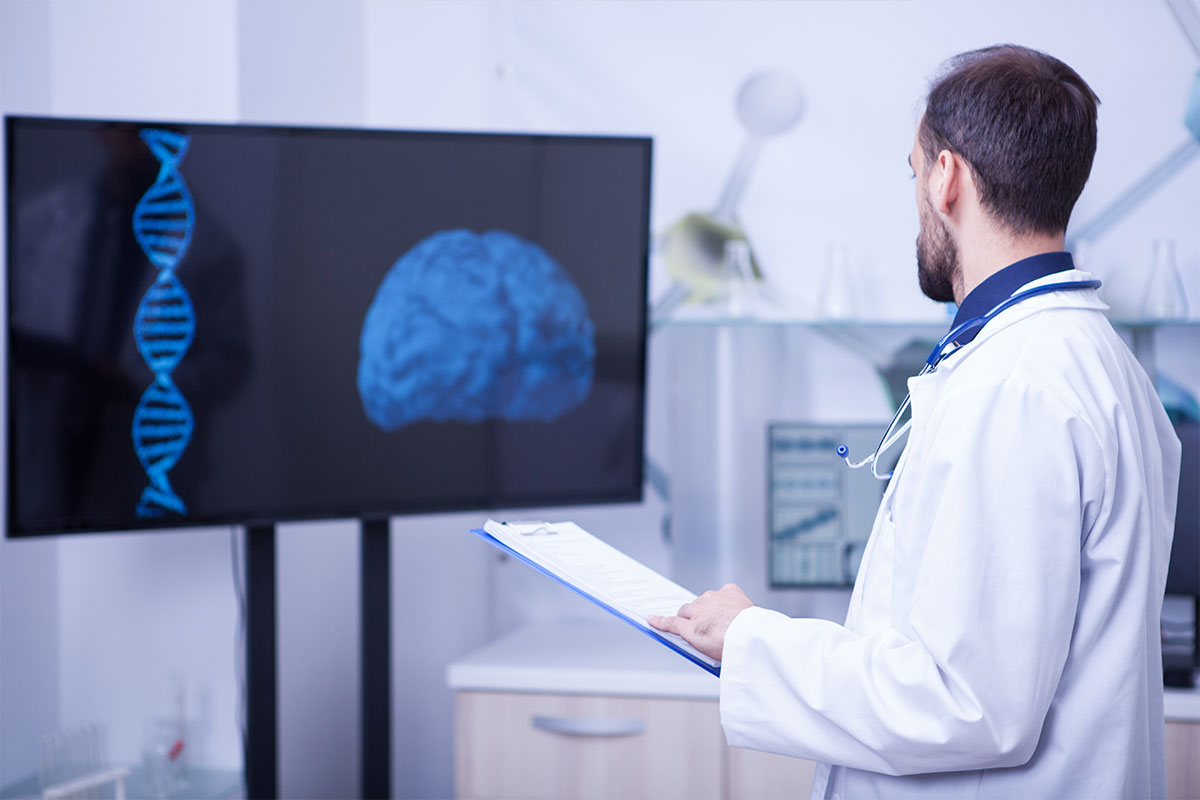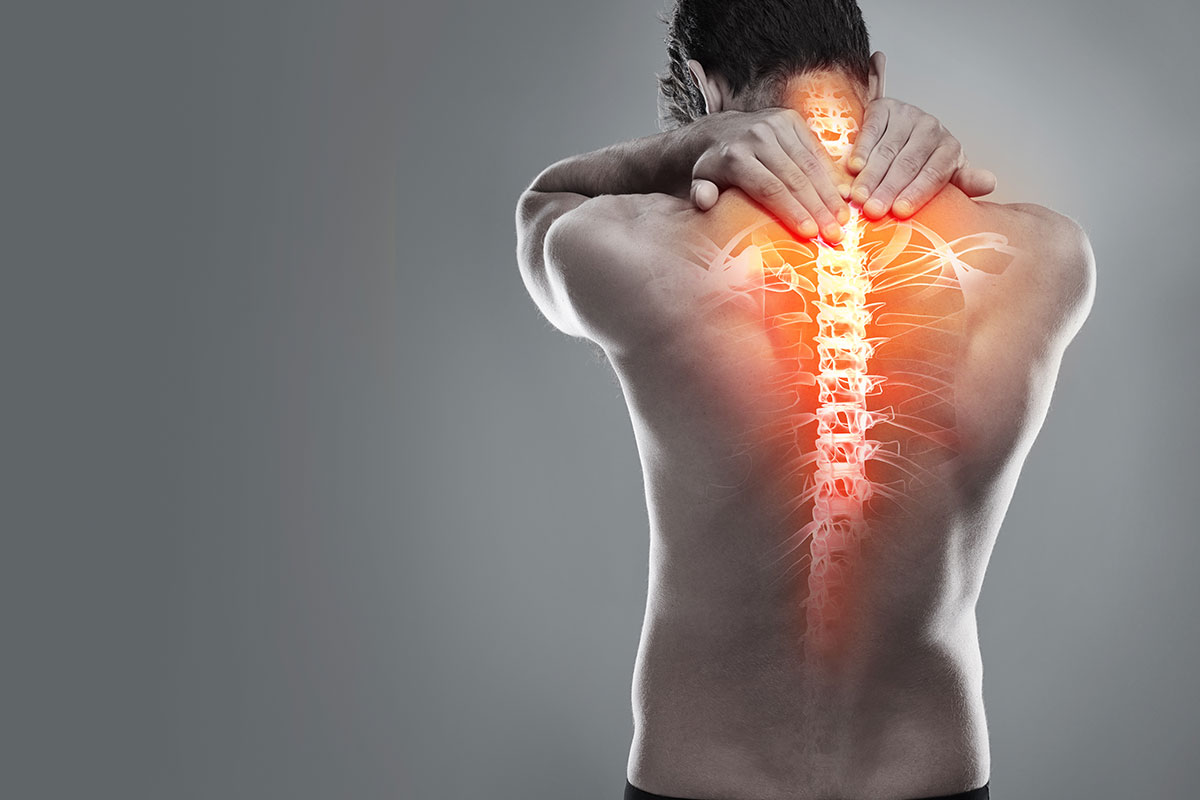
Brain Stroke – Think FAST and act FAST because Time is Brain
By Dr. Shyam Sunder Lakshkar in Neurosciences
Oct 29, 2020
Brain stroke is one of the leading causes of death and disability worldwide. According to Global Burden of Disease study of 2013, 25.7 million people survived stroke, 6.5 million died, and 10.3 million new strokes were detected. In India stroke affects 145-154 per 1,00,000 persons in a year.
Stroke is also known as “cerebrovascular accident” or “Brain attack”. Stroke occurs when there is a blockage in the blood supply to the part of brain or the blood vessel ruptures and bleeds in the brain. This causes the part of the body that the injured brain controls, to stop working.
Types of brain stroke
- Ischemic stroke (most common)
- Haemorrhagic stroke
- Transient ischemic attack (TIA)
Most common type of stroke is Ischemic stroke which is responsible for ~85% of total strokes. It happens when blood flow through the vessel which is carrying oxygen rich blood to the brain becomes blocked.
A hemorrhagic stroke happens when blood vessel in the brain ruptures leading to collection of blood in the brain tissue causing pressure and ultimately damaging brain cells. Uncontrolled blood pressure is the most common cause of this type of stroke.
Transient ischemic attack is also sometimes known as “Mini Stroke”. Symptoms in TIA or Mini stroke are short lasting usually resolve spontaneously without any treatment within few minutes to maximum of 24 hours. TIA is a warning sign that stroke may occur in near future. More than third of patients who have TIA and do not seek treatment, have a major stroke within a year.
Sign & symptoms of brain stroke
Symptoms of stroke depend upon the area of the brain affected either by lack of oxygen supply or hemorrhage. Symptoms usually develop suddenly and most commonly affect one side of the body.
Some common symptoms of stroke are-
- Weakness or numbness of face, arm or leg
- Change in speech or unable to speak or understand
- Facial deviation
- Dizziness, vomitings, unable to make balance during walking
- Sudden onset vision loss
- Sudden and severe headache
“FAST” is an acronym to readily identify the stroke symptoms.
Face drooping
Arm weakness
Speech difficulty
Time to call
If anyone observes above symptoms, seek medical help as fast as possible.
Risk factors for stroke
- High blood pressure
- Diabetes
- Heart disease
- Obesity
- Physical inactivity
- Smoking
- Heavy alcohol drinking
- High cholesterol
- Family history of stroke
- Age (> 55 years)
However stroke can occur in young also, majority of strokes occur in elderly. With advancing age chances of having stroke also increase.
Treatment of brain stroke
Stroke is a medical emergency because stroke can lead to death or permanent disability if not treated early. In case of ischemic stroke once the ischemic process sets in, there is progressive loss of brain cells with passage of every minute. Early restoration of blood supply to the ischemic brain will prevent further neuronal loss and will favour overall good recovery.
There are treatment options available to restore the blood supply in case of ischemic stroke but treatment needs to be started in first few hours of stroke onset. So whenever a stroke is suspected, patient must be shifted immediately to a well-equipped hospital.
Thrombolytic therapy (clot busting drug) can be administered only in first 3 to 4.5 hours of stroke onset. It helps in re-establishing the blood supply and saving the brain tissue to become dead.
An interventional procedure known as “mechanical thrombectomy” can also be performed to retrieve the clot from occluded blood vessel in selected stroke patients in first 6 to 24 hours.
Prevention
Some life style modifications can help to prevent the stroke. They are equally important for patients who have already had stroke to prevent another stroke in future.
- Controlling blood pressure, diabetes and cholesterol
- Eating healthy diet
- Regular physical activity
- Quitting smoking
- Managing stress







